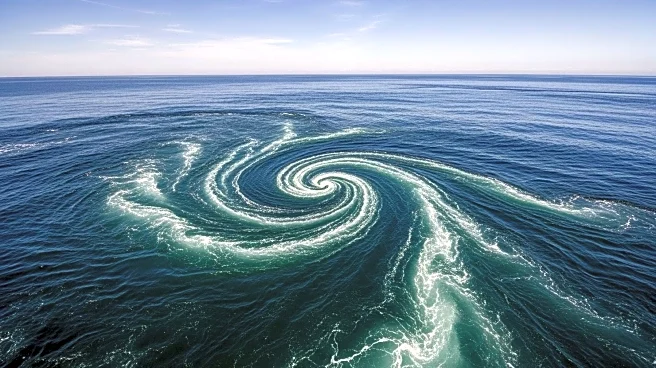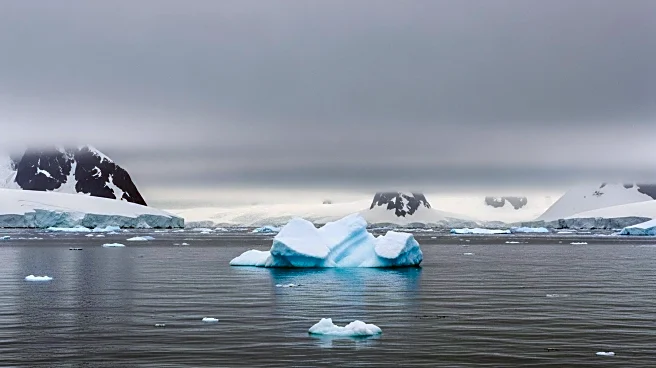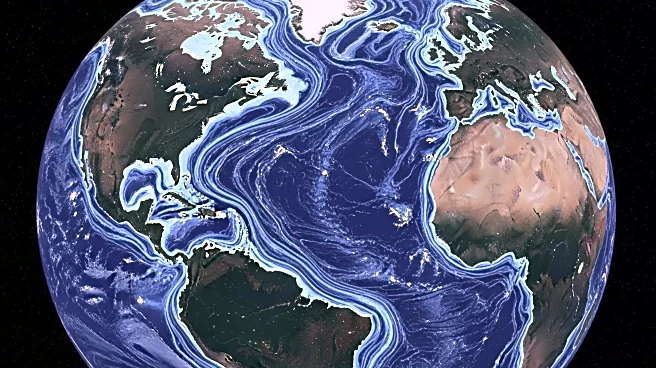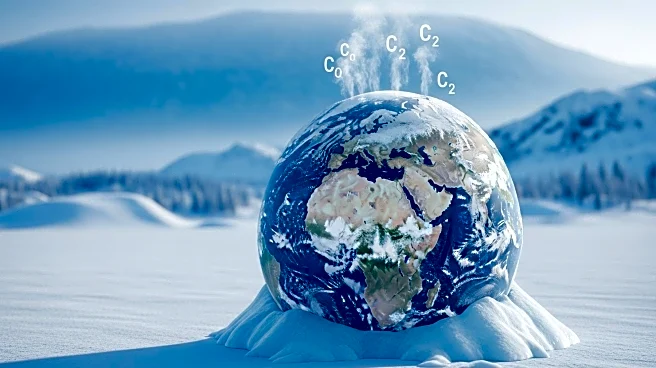What's Happening?
Researchers from Hong Kong Polytechnic University have utilized advanced space geodetic technologies to provide a precise 30-year record of global ocean mass change, revealing a significant rise in global mean sea level (GMSL). The study, published in the Proceedings of the National Academy of Sciences, indicates that GMSL has been increasing at an average rate of approximately 3.3 mm per year, with a total rise of about 90 mm from 1993 to 2022. This increase is primarily driven by the influx of freshwater from melting land ice, particularly in Greenland, which accounts for over 80% of the total increase in global ocean mass. The research team, led by Prof. Jianli Chen and Dr. Yufeng Nie, employed satellite laser ranging (SLR) to overcome spatial resolution limitations and provide direct observations of global ocean mass estimates.
Why It's Important?
The findings underscore the growing severity of climate change and its impact on sea-level rise, which poses significant risks to coastal communities and ecosystems worldwide. The study provides crucial data for validating climate models used to project future sea-level scenarios, aiding policymakers and scientists in developing strategies to mitigate and adapt to climate change impacts. The research highlights the importance of long-term monitoring of ocean mass changes to understand the dynamics of sea-level rise and its implications for global climate systems.
What's Next?
The study's results may prompt further research into the mechanisms driving sea-level rise and the development of more accurate predictive models. Policymakers and environmental organizations might use this data to advocate for stronger climate action and adaptation measures. The research could also lead to advancements in satellite technology and geodetic techniques, enhancing the ability to monitor and respond to climate change impacts.
Beyond the Headlines
The innovative use of SLR in this study demonstrates its potential as a powerful tool for long-term climate change research. This approach could pave the way for new methodologies in monitoring other environmental changes, such as land subsidence and ice sheet dynamics, contributing to a more comprehensive understanding of Earth's changing climate.











